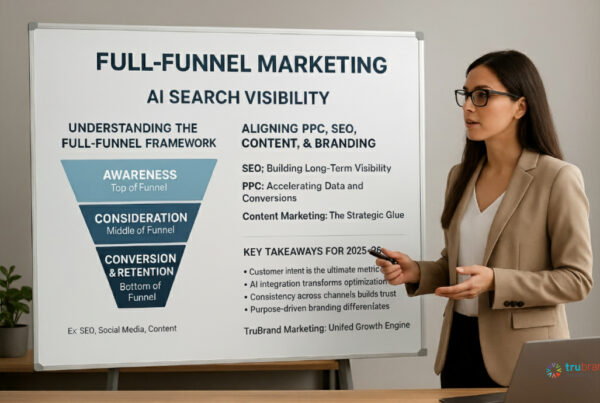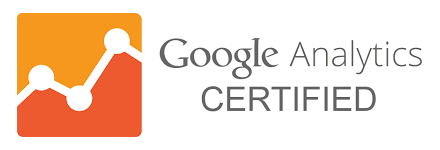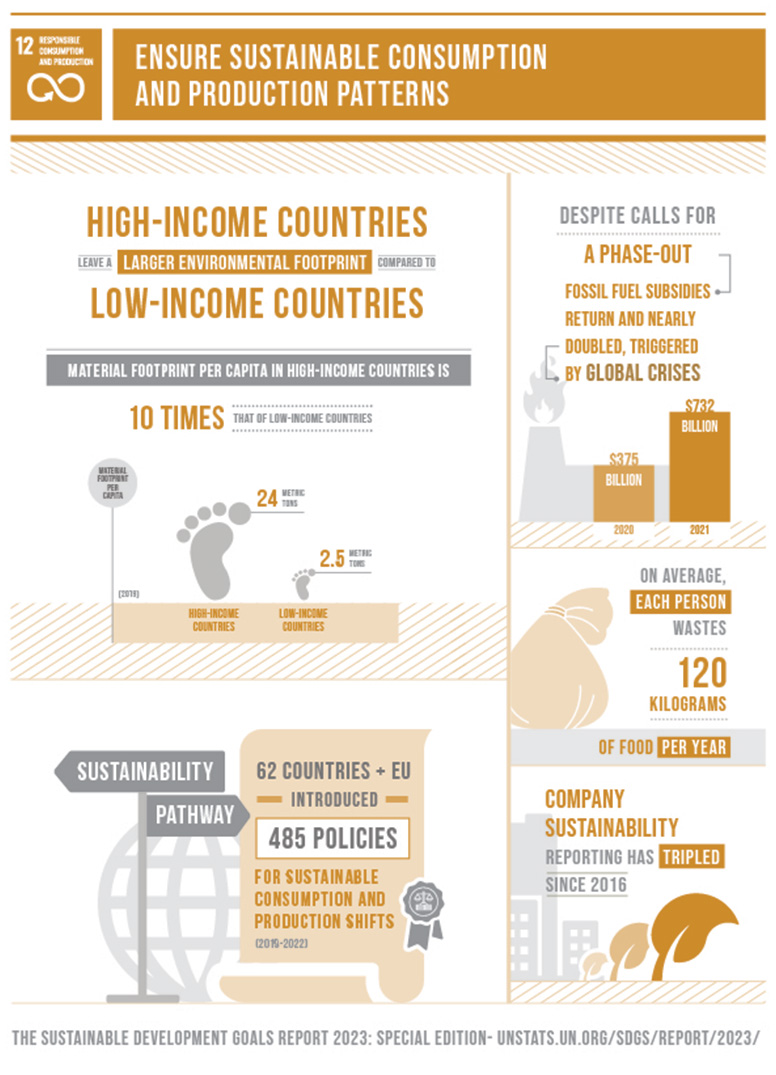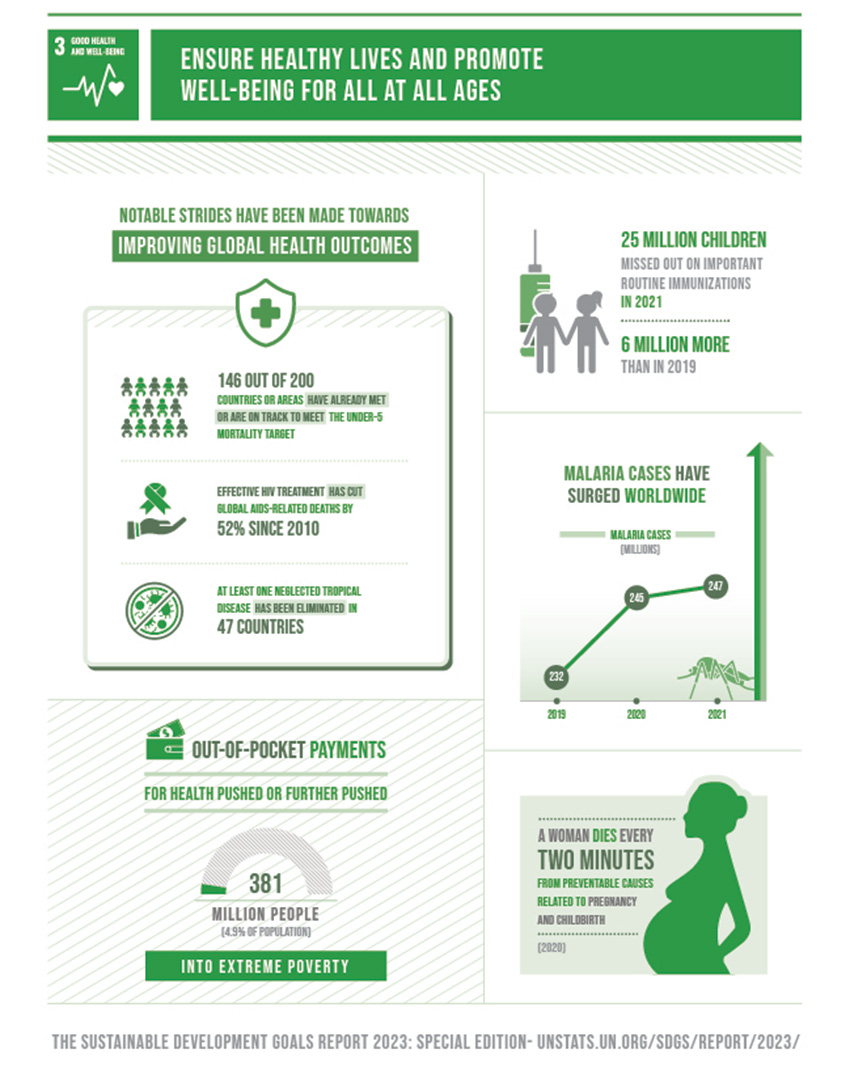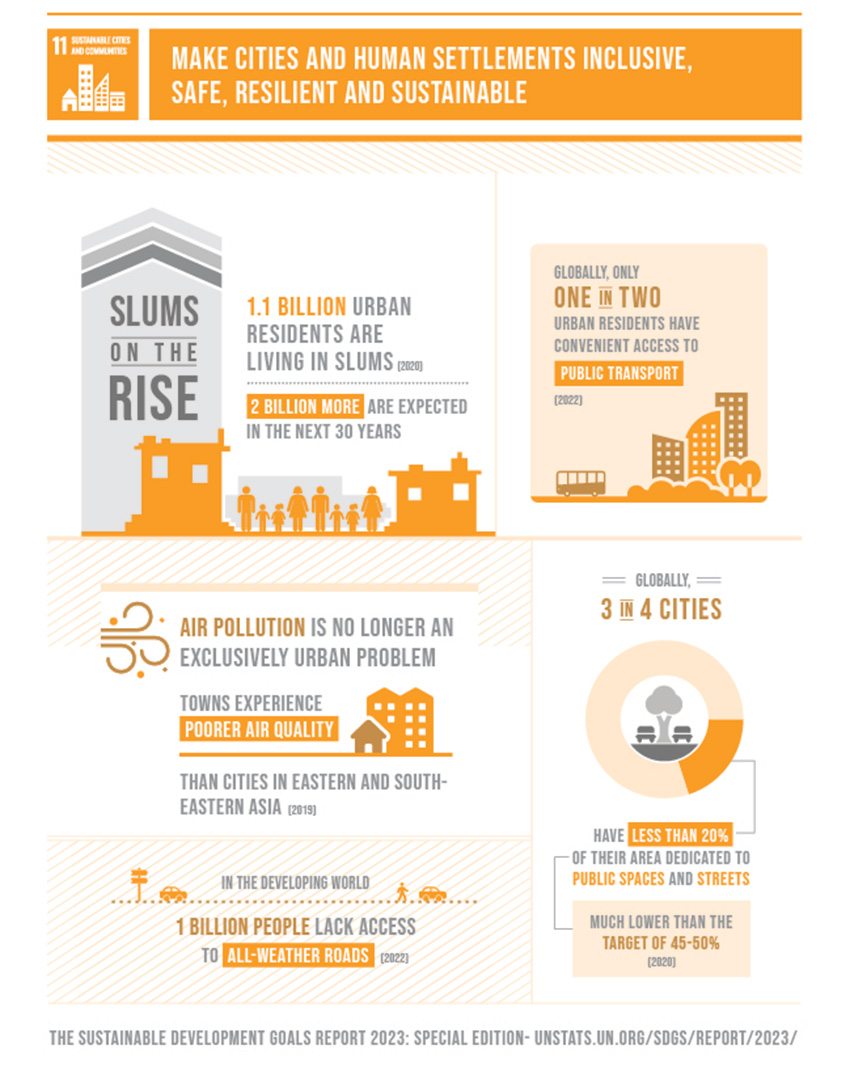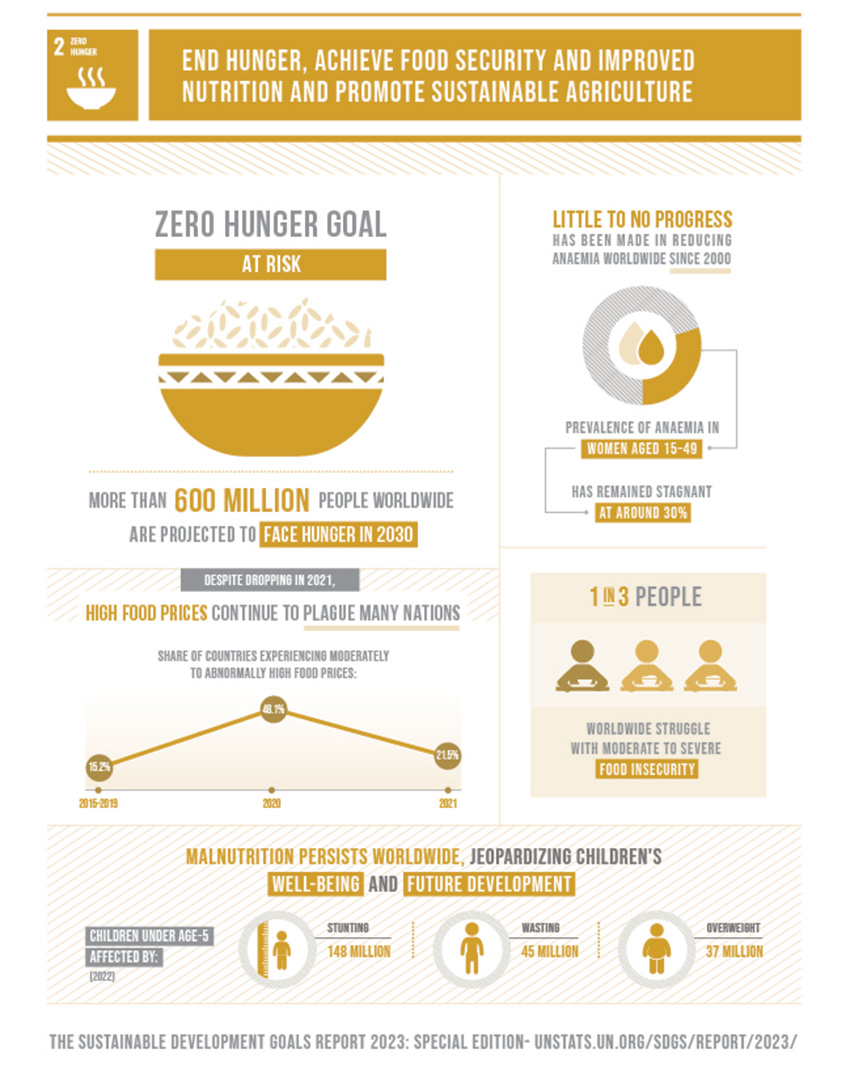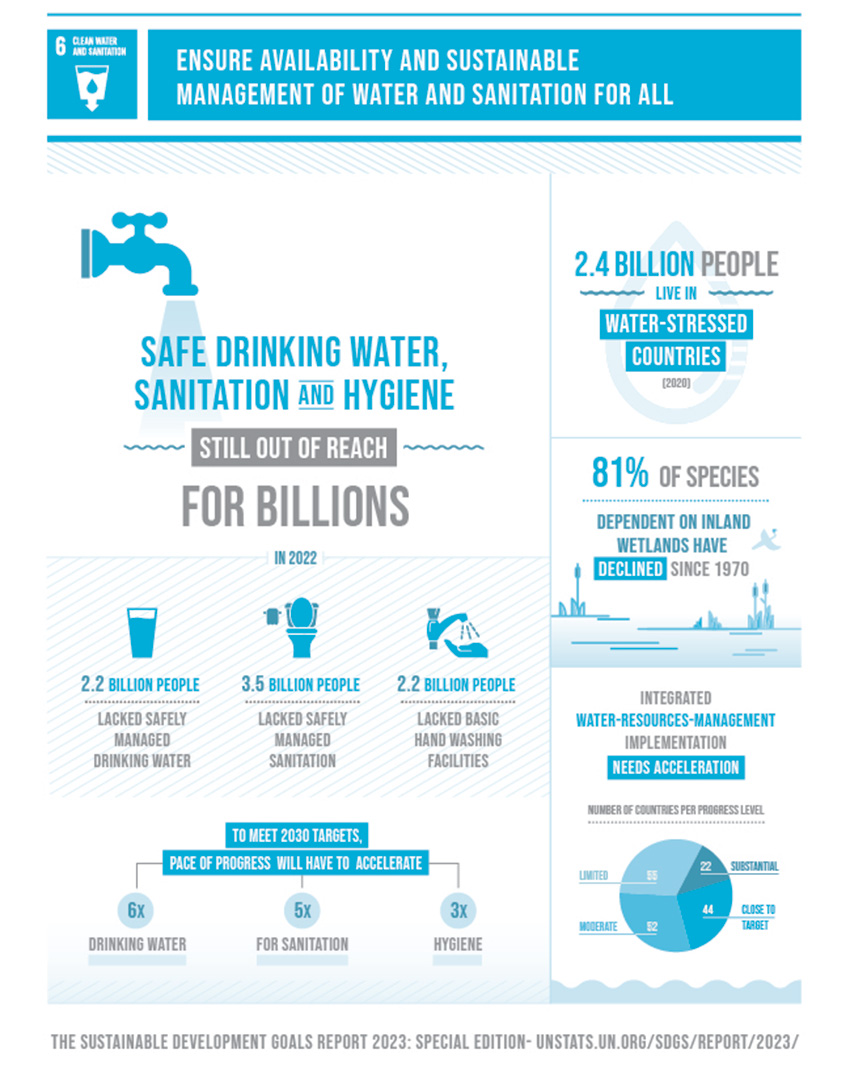
SEO is an important marketing aspect of every website, and every page on your website has its own SEO attributes. One of these many attributes is how your page appears on SERPs (Search Engine Results Pages). Two of the most important aspects of your page’s SERPs include the page title and meta description tags. Let’s take a look at what they are, why they’re important, and how you can get the most out of them for your brand.
What are page title and meta description tags?
Both title and meta description tags give search engines, such as Google, information about the content on your page. Titles tags usually include the title of your page, but it’s up to you whether it is identical or slightly different (we’ll elaborate why this can benefit your SEO further in the article). Title tags can often be slightly altered, lengthened, or shortened to increase SEO ranking within that category (more on that as well). Meta descriptions are short summaries of your page which provide the search engine with information about your page and inform the searcher what your page is about.
Why are title tags and meta tags important for SEO and marketing?
Title tags and meta description tags are important because, as we mentioned, they inform search engines and searchers what your page is about. However, meta descriptions serve to grab the searcher’s interest enough to visit your page. Your title tags and meta descriptions should always provide the searcher with a snippet of information they’re searching for. Otherwise, your website will be an empty desert.
How do they look?
Here is an example:
In this example, the title tag reads “TruBrand Marketing | Full-Service Digital Marketing Agency,” while the meta description reads “TruBrand Marketing, a digital marketing agency, specializes in brand development, website design and development, SEO strategy, content marketing, and more.”
You’ll notice here that while the homepage is titled “TruBrand Marketing,” the title tag also includes the industry of the business. Often, it’s incredibly beneficial to add the business’s industry and location (city or state) to boost their local SEO ranking. The meta description can also benefit from this trick. However, title tags often take priority over meta description tags and are more prominent visually on the results page. If you can, try to implement those elements in the title tag to stand out more.
How to write high-ranking title tags
In order to write high-ranking and attention-grabbing title tags and meta descriptions, you need to know what your audience is searching for. Your meta description’s purpose is to offer an answer to their search query. In order to do this, you can always utilize tools such as SEMRush, Moz, or Google Keyword Planner. However, the best advice is to make sure you utilize keywords, stay within the word limit, and proofread.
Title tags should be around 50-60 characters, while your meta description should be around 150-160 characters. If you go over the limit, Google will cut off your text.
With these tricks, you’ll offer a better user experience for everyone, and maintain a good SEO ranking! To continue improving your SEO ranking and attracting more leads, contact us to see how we can help you reach your marketing goals.






